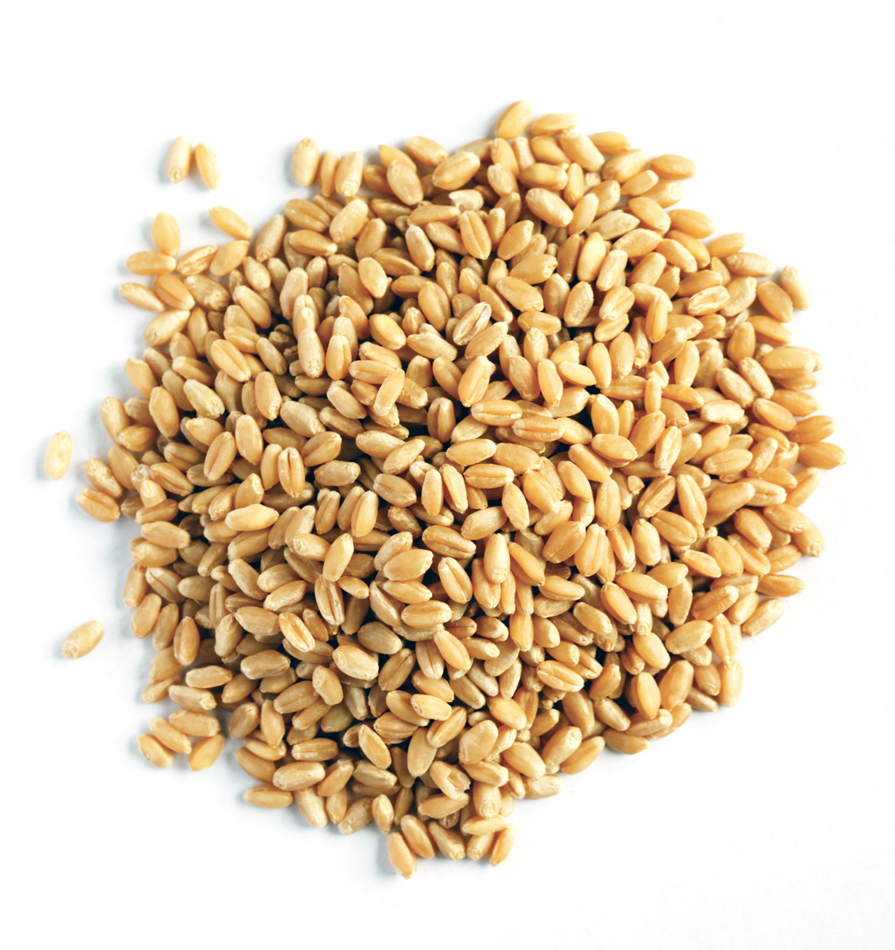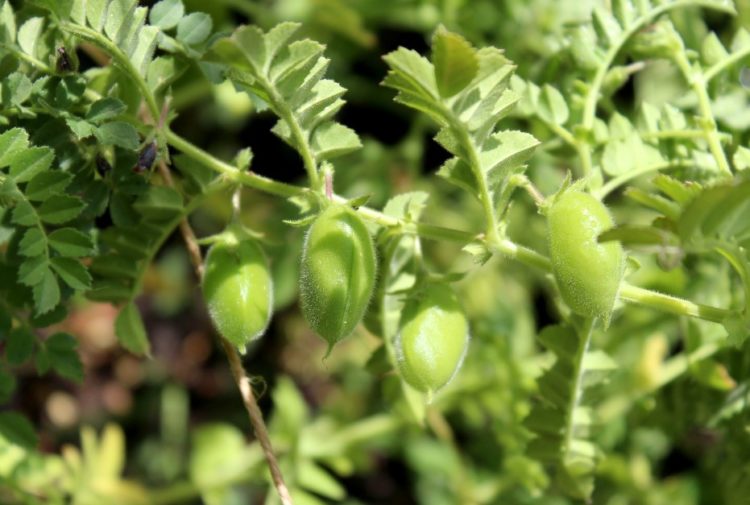Gram is grown on a wide range of soils in India. In Maharashtra and Madhya Pradesh, black cotton soils are used. Though gram is grown on all kinds of soils, sandy loam to clay loam is considered to be the most suitable which are found in Punjab, Uttar Pradesh, Haryana and Rajasthan. For better growth soil should be well drained and not too heavy. Heavy soils have a high water retention capacity which encourages heavy vegetative growth due to which light becomes limiting and decreases fruiting. The soil chosen for its cultivation should be free from excessive soluble salts and near neutral in reaction (6.5-75 pH).
Like and share this with other farmers by clicking in share button below.
Share










